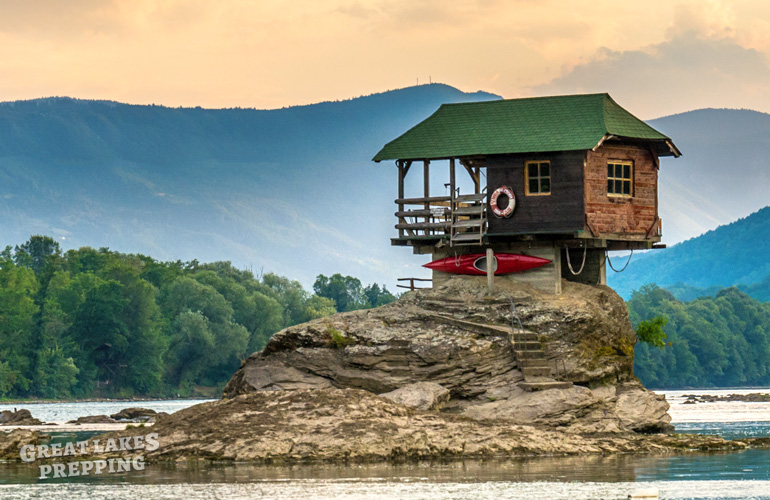Finding Shelter from the Storm: Safest Places to Live for Climate Change

The effects of climate change are becoming increasingly evident, with rising sea levels, extreme weather events, and shifting weather patterns posing significant challenges to communities around the world. As the threat of climate change intensifies, many individuals are seeking safer places to live, where the impact of climate-related risks is less severe. In this article, we explore some of the safest types of places to live when looking to reduce risks associated with the escalating consequences of climate change.
High Altitude Mountain Communities
Mountainous regions, particularly at high altitudes, are generally considered safer from the immediate impacts of rising sea levels and coastal flooding. Areas with rugged terrain offer natural protection against floods and storms, making them appealing options for climate-conscious individuals.
Inland Cities and Towns
Choosing to live further inland can mitigate the risks of coastal erosion and storm surges. Inland cities and towns may experience fewer direct impacts from sea-level rise and coastal flooding.
Northern Regions
Northern areas, particularly in higher latitudes, are expected to experience milder effects of climate change compared to equatorial regions. These areas may see reduced risks of extreme heat, droughts, and certain vector-borne diseases.
Resilient Island Nations
While some islands are vulnerable to sea-level rise, certain island nations have adopted measures to enhance resilience and sustainability. These proactive communities focus on renewable energy, ecological conservation, and climate adaptation to protect their territories.
Rural Farming Communities
Rural farming communities often have a strong connection to the land and may be more adaptable to changing weather patterns. Sustainable agricultural practices and a focus on self-sufficiency can help weather the challenges of climate change (provided the area is not within a region that is otherwise expected to be particularly affected by drought, heat, or flooding).
Cities with Adequate Water Resources
Regions with secure and abundant water resources are more likely to withstand the impacts of prolonged droughts and water scarcity. Prioritize cities with sound water management plans and responsible consumption practices.
Communities with Disaster Preparedness Initiatives
Communities with robust disaster preparedness plans and early warning systems can minimize the impact of extreme weather events, such as hurricanes, floods, and wildfires.
Diverse Ecosystems
Areas with diverse ecosystems, such as wetlands and forests, often have better natural resilience against climate change impacts. These ecosystems can buffer against flooding and erosion (though forests not located within wetlands may be more at risk for wildfires).
Seeking safer places to live is a valid endeavor when considering the long-term effects of climate change, and your ability to thrive among it. It’s worth remembering, though, that climate change is a global challenge and it will become evident to some degree no matter where you choose to live. No location is entirely immune from its effects. Additionally, relocating communities en masse can exacerbate other social and environmental issues, such as resource competition and urban sprawl.

